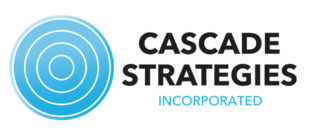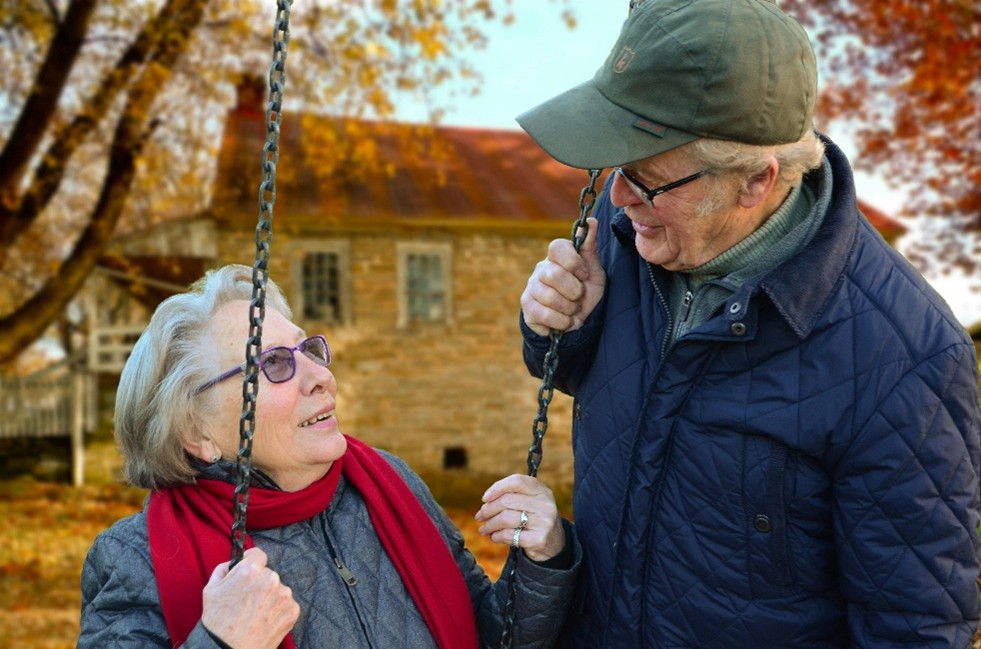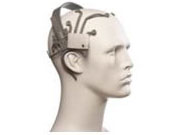
May
How Researchers Are Helping Home Health Agencies with HHCAHPS Surveys
jerry9789 0 comments Burning Questions
What Are Home Health Services?
The American adult population aged 65 and older is projected to increase from 58 million in 2022 to 82 million by 2050, translating to an unprecedented 47% growth. From a 17% share of the total US population, this age group’s portion is estimated to grow to 23%.
And an aging population means more elderly adults looking to remain independent at home, in spite of the risks of various chronic conditions as well as unexpected mishaps like losing one’s balance and stumbling or falling. This is where home health services come in. Fast becoming a staple of the healthcare system, Medicare and Medicaid-certified home health agencies aim to provide “acute, chronic, and rehabilitative care from skilled and knowledgeable interdisciplinary clinical teams” while supporting elderly adults’ preferences to remain at home.
Home health services are forecasted to grow from a $100 billion to a $200 billion industry by 2028. The Centers for Medicare & Medicaid Services (CMS) pay for the majority of home health services costs, as Medicaid and Medicare make up over 60% of the US home healthcare expenses. To better evaluate, understand and improve the patient experience with home health services, the CMS has administered a survey collecting feedback from patients or their families about their skilled home care experience.
Copyright: Andrea Piacquadio
What Is A Home Health Care CAHPS Survey?
The Consumer Assessment of Healthcare Providers and Systems (CAHPS) is a program developed by the Agency for Healthcare Research and Quality (AHRQ), as requested by the CMS, which uses standardized surveys for gathering and analyzing information about patients’ experiences with healthcare services, including home health agencies. Unlike customer satisfaction surveys, CAHPS surveys focus on the patient’s experience and/or perception rather than their satisfaction with the care they’ve received. The program’s goals include the improvement of the scientific understanding of patient experience and the provision of tools for organizations to improve quality of care. The CMS publicly reports its patient experience survey results, with some surveys affecting payments to providers.
The Home Health Care CAHPS Survey (HHCAHPS), specifically, was designed to measure the experiences of people getting home health care from Medicare and Medicaid-certified home health care agencies. The first national, standardized, and publicly reported survey of home health care patients’ perspectives on their skilled home care, the HHCAHPS survey asks patients and/or their families about their experiences regarding communication between them and their providers, specific care issues, rating of care provided by the agency, and their willingness to recommend the agency to friends and family. An HHCAHPS survey is conducted by approved survey vendors through three modes: mail only, telephone only, or a mix of mail survey with a telephone follow-up for non-respondents.
The HHCAHPS survey was implemented nationally in October 2009 with home health agencies participating on a voluntary basis before quality reporting requirements for the home health annual payment update (APU) started in the third quarter of 2010. At present, the CMS requires all home health agencies receiving Medicare or Medicaid payments for serving 60 or more survey-eligible patients annually to contract with an approved HHCAHPS Survey vendor to administer the survey on a monthly basis. (Agencies serving 59 or fewer patients may apply for an exemption from the survey requirement.) The survey data is then submitted to the HHCAHPS Data Center on a quarterly basis with public reporting of survey results reflected at Home Health Compare.
Copyright: Kampus Production
What Benefits do the HHCAHPS Surveys Provide?
The HHCAHPS surveys have three broad goals:
-
-
- Produce comparable data based on patients’ experiences for objective comparisons between home health agencies
- Improve the public accountability of home health agencies with the care and service they provide
- Incentivize home health agencies to continually improve their quality of care.
-
It’s easy to think that HHCAHPS surveys influence the public reputation of a home health agency as well as the payment they could collect from the CMS. However, that view reduces the survey to the realm of “customer satisfaction,” with its attendant reliance on things like 1-to-5 scales. But instead of a pure “customer satisfaction” framework, the information gathered from HHCAHPS surveys comes from a person-centered viewpoint based on the patient’s perception of experience with the home health agency. This is accomplished through the use of core questions like does the agency effectively explain things to the patient in a way they understand, or do their personnel show a high level of professionalism or respect toward the patient. Framing questions this way lays a solid groundwork for comparing agencies.
HHCAHPS surveys can also effectively identify servicing gaps and suggest creative solutions in the delivery of home health care services. Such insights can lead to better financial outcomes for providers, since the CMS is providing incentives for higher levels of care, rather than paying the same rate for all, regardless of the patients’ perception of performance.
Why Use Cascade Strategies for Your HHCAHPS Surveys?
Cascade Strategies has over three decades of experience serving the health care industry. Our experience and expertise will help transform the information collected from your survey results into actionable insights, elevating the level of home health service and care you provide to make you stand out from the other agencies in addition to maximizing your financial gains from the CMS. Please visit our page describing our HHCAHPS Survey Services here, and let us know how we can help you. Also feel free to ask us questions using our contact form.
Copyright: Antoni Shkraba Studio
Featured and Top Image Copyrights: Andrea Piacquadio

Jun
Great Research Can Help Assisted Living Facilities Attract the Right Clients
jerry9789 0 comments Brand Surveys and Testing, Brandview World, Burning Questions
Is your loved one’s home not as clean and tidy as before? Do they have an empty refrigerator or is it filled with spoiled food? Frequent bruises? Same clothes every day? Do they appear to become forgetful, depressed or exhibiting strange or inappropriate behaviors?
These are just some questions that HelpGuide.org has gathered when looking for signs that an older adult might need assisted living. And when these questions start crossing the minds of their loved ones, they are likely at the point they’ll begin discussing and considering this option with them.
How to properly brand your ALF
As a healthcare professional specializing in assisted living, how do you ensure that you clearly brand yourself, the services you offer and the demographic that you’re serving? How do you differentiate yourself from retirement communities designed for seniors who can generally care for themselves or nursing homes with round-the-clock medical care and supervision? How do you reach out to the right audience, the active and social older adults needing help with daily living?
The first step towards attracting the attention of the right people is making a distinction from the other types of senior living. According to Forbes.com, assisted living facilities can be freestanding communities but also part of a retirement community, nursing homes or hospitals, so it’s certainly understandable why some would be confused and lump these services together. Hence the importance of highlighting that you cater to older adults who — while independent — need assistance doing laundry, cooking, cleaning, going to the bathroom, managing medicines, or even traveling to appointments.
As noted by HelpGuide.org, assisted living offers the safety and security of 24-hour supervision. However, you will need to point out that help requires a phone call since assisted living encourages privacy and independence. In fact, some good assisted living facilities can develop a personalized plan that keeps in mind the needs, challenges and disabilities of an older adult, while still allowing enough freedom for them to do as they please with their time.
You’ll also need to be clear about the type of assisted living facility that’ll be hosting the client. Will they be moving into a residential type that’s either a converted home, apartment complex or even a renovated school? Or do you offer apartment-style living with scaled down kitchens? And if you just provide bedrooms, do they need to share a room or have the option to pay for their own at a higher cost? Does your facility host a group dining area and common areas for socialization and recreation?
How market research can help you attract the right clientele
These are critical questions that can be answered by well-designed and executed market research. And there are even more questions that you’ll discover as you develop your brand and identify how to best reach out to your ideal clients.
Copyright Marcus Aurelius (Pexels)
You’ll need to be ready to answer questions about staffing, or proactively make information like this readily available for anyone looking into their options for assisted living. How many staff do you employ that are responsible for residents’ care? How many of them are working at any given time? Do you have enough members to cover one that goes on leave? Is staffing different at night? What are their duties? Do they interact with residents? Do you have registered nurses on site? Are they able to handle or trained for emergencies?
The same goes for questions about the facility. What is the housekeeping schedule? How do you ensure the safety and security of residents? Are the bathrooms easy to access and do they have grab bars? In case of an emergency, how do residents contact the staff? How good and nutritious is the food? Can you provide information on menu options? Can a resident eat at their room? What hobbies or activities are offered onsite? Is there transportation available? What amenities are included?
More importantly, people looking into assisted living facilities are most likely going to value an environment that seems friendly, safe, and comfortable. The facility is also expected to be clean and well-maintained. And while what feels like home is subjective, being able to answer as many questions or provide pertinent information as you can puts you closer to the ideal resident.
Copyright Cottonbro Studio
Otherwise, you can help those that weren’t a good fit at the very least to understand better what they are looking for or what they need to help them in their search to find the best facility for them. They might even realize that another type of senior living might be better for them.
How Cascade Strategies can help
Cascade Strategies has been helping healthcare companies sort out issues like these for over 30 years. Thanks to an array of services such as Brand Development Research and Segmentation Studies, we are able to help healthcare companies make their brand stand out and become more profitable in addition to enlightening them on their customer types and how to best address their needs. Please see our website and case histories.
Here are some suggestions for further reading:
https://www.helpguide.org/articles/senior-housing/assisted-living-facilities.htm
https://www.seniorliving.org/assisted-living/
https://www.forbes.com/health/senior-living/how-to-find-the-best-assisted-living-facility/




















